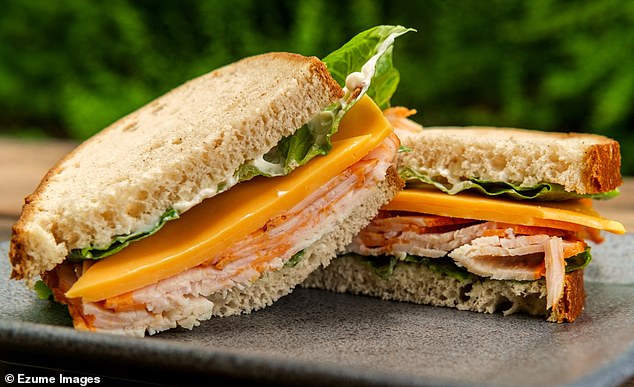
Scientists Reveal Why Grated Cheese Ruins Your Sandwiches—Avoid This Common Mistake
The Great Cheese Sandwich Debate: Sliced vs. Grated
(Image: Close-up of a sandwich with neatly layered cheese slices vs. grated cheese spilling out)
For nearly 400 years, the cheese sandwich has been a British staple. But experts now reveal we’ve been making it wrong. The key mistake? Grating cheese instead of slicing it. Dr. Nutsuda Sumonsiri, a food scientist at Teesside University, explains that slicing preserves the cheese’s structure and ensures an even texture. "For a cold sandwich, sliced cheese is preferable," she says.
Why Slicing Wins
Grated cheese, popular for its ability to stretch small portions, often creates a mess in sandwiches, with bits falling out. Thinly sliced cheese (2–3 mm thick) is ideal, balancing flavor release and texture without overpowering the bread. A cheese slicer—a handheld tool with a sharp slot—is recommended for perfect, uniform ribbons. Semi-hard cheeses like cheddar or gouda work best.
(Image: Cheese slicer creating thin, even slices)
TikTok’s Take
The debate has gone viral, with users like @amytrackandtrail arguing grated cheese causes chaos. Reactions range from "always grated!" to creative solutions like using a potato peeler. However, Dr. Sumonsiri stands firm: grating suits melted dishes (e.g., toasties), while slicing reigns for cold sandwiches.
Cold vs. Grilled
For grilled cheese, grated melts faster and evenly, enhancing texture. Cheese type matters: high-fat options like mozzarella melt smoothly, while aged cheddar holds shape longer. Katy Fenwick of the Academy of Cheese notes grated cheese also blends flavors better but warns, "it’s spill-prone."
(Image: Melted cheese toastie vs. a neatly stacked cold sandwich)
Perfect Pairings
Dr. Sumonsiri advises a thin layer of butter or mayo to prevent sogginess. Additions like tomato, lettuce, or cucumber add freshness. Fenwick suggests bold contrasts: piccalilli with cheddar or chilli jam with goat’s cheese. Scientists also recommend symmetry in building sandwiches, placing wetter ingredients (e.g., tomatoes) centrally to prevent soggy bread.
A Slice of History
The sandwich is named after 18th-century Earl John Montagu, who reportedly ate meat between bread to avoid interrupting work (or gambling). Today, Brits eat 11.5 billion sandwiches yearly—enough to circle the globe 44 times!
(Image: Portrait of the Earl of Sandwich)
Final Tip: Chill uneaten sandwiches; don’t leave them out over four hours. Whether sliced or grated, the best sandwich is the one you enjoy—preferably without crumbs down your shirt.
(Word count: ~600)


